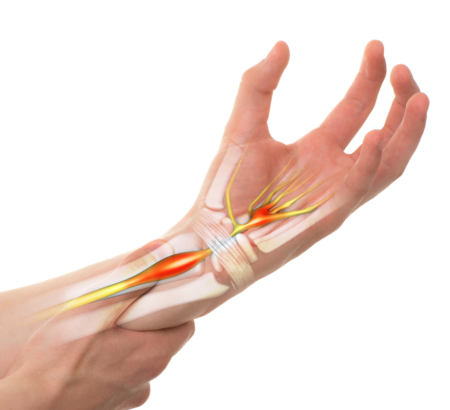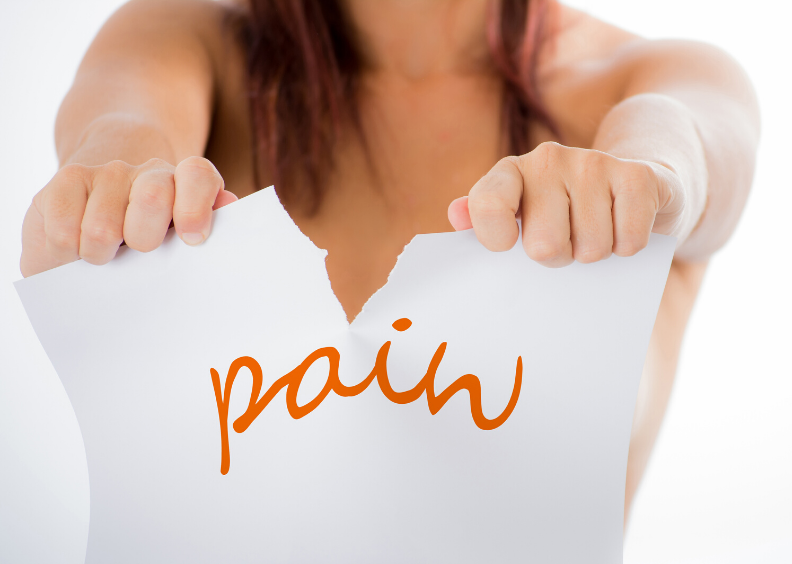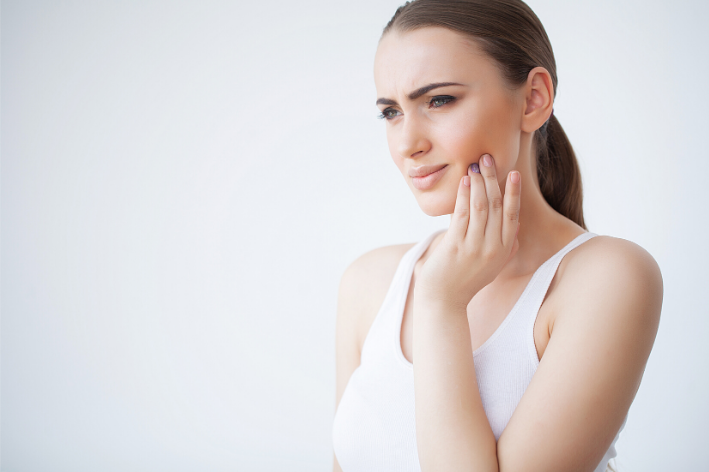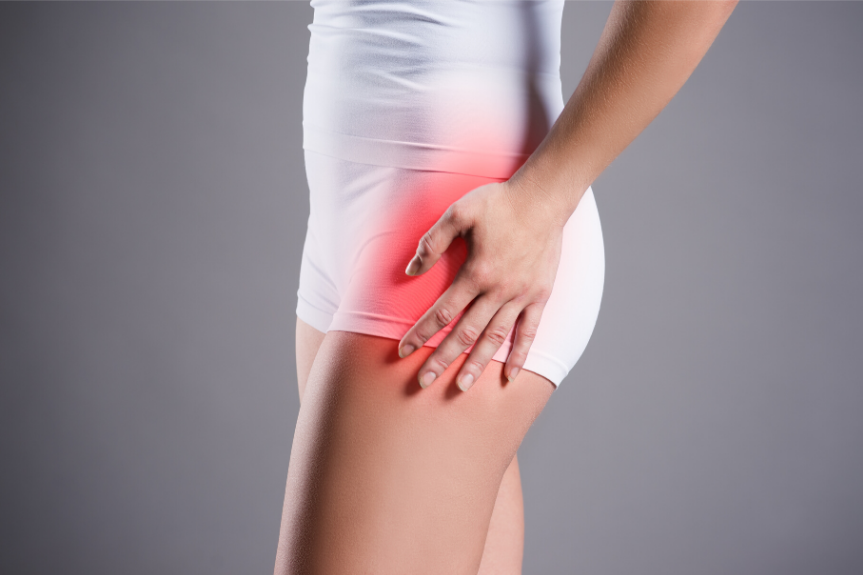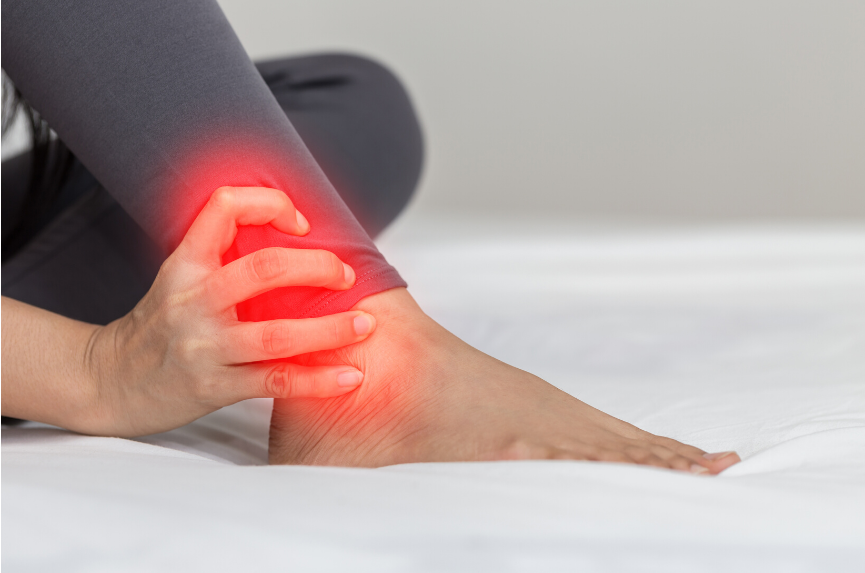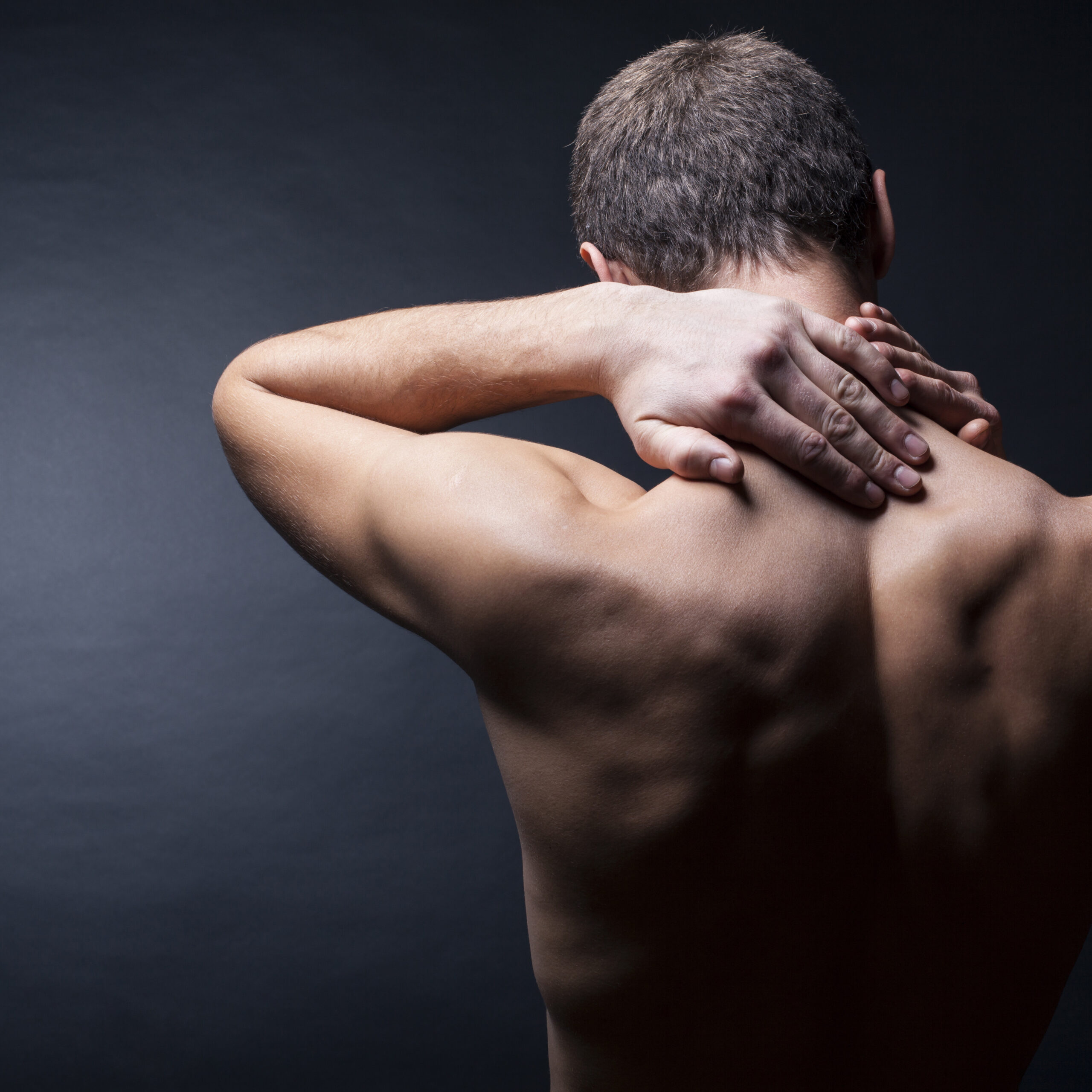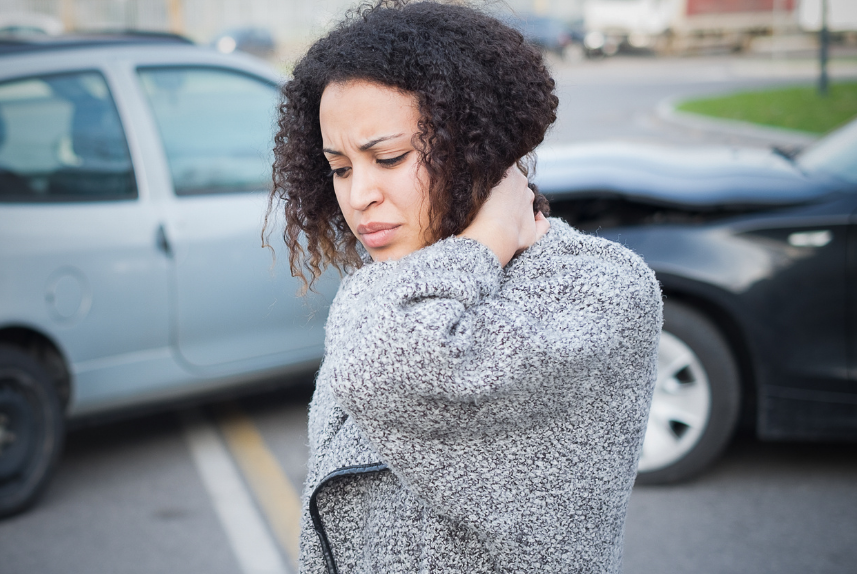
A car accident can not only be a traumatic experience mentally but it can result in ongoing physical injuries. Injuries could include fractures, soft tissue damage (intervertebral joints, disc, ligaments, muscle), spinal or nerve damage, traumatic brain injuries, impaired vision or impaired hearing. Over a 12 month period in 2017-18, almost 40,000 people were admitted to hospital with injuries after a road accident in Australia. In 2020, Queensland accounted for 225 fatalities (or 21% of fatalities across Australia) in car accidents, making it the third most prevalent state. Anatomy and whiplash: The spinal column is made up of vertebrae (bones)...

Nutrition is an extremely essential component of an athlete’s lifestyle for performance purposes. Although overconsumption of food is a common issue in Australia today, it is not uncommon for athletes to under consume the recommended calorie intake for their level of activity. This can cause a serious syndrome called Relative Energy Deficiency in Sports (RED-S). RED-S is more common in female athletes but can be an issue for both male and female alike. Put simply, an athletes calorie intake requirements often sit higher than a sedentary individual due to the amount of energy they burn to train. If an athlete...

The knee consists of two major joints: the tibiofemoral joint – the main hinge joint of the knee, and the patellofemoral joint – which acts as a pulley mechanism to allow for the smooth transition of knee extension to flexion. To achieve this, the patella (kneecap) sits in a groove in the femur (thigh bone), which is covered in cartilage. The patella glides over this cartilage whenever the knee moves. Injury mechanics: Altered tracking of the patella during knee flexion and extension due to biomechanical changes often results in pain around the knee. This is due to a change in...

Pathophysiology: Carpal Tunnel Syndrome (CTS) is a common condition, especially amongst office workers and those whose work tasks involve repetitive movements of the wrist. It is characterised by pain, numbness, and tingling (a sensation of pins and needles) in the hand but may also affect the arm. It is caused by a compression of one of the 3 nerves that pass through the wrist (most commonly the median nerve). In most cases, carpal tunnel syndrome is progressive with early diagnosis and treatment essential. If left untreated CTS can worsen, which can lead to nerve damage and a severity of symptoms...

What is Pain? Pain seems like a simple concept externally – you stub your toe and it hurts. Simple. But internally the process can be quite elaborate! Pain is an unpleasant sensory and emotional experience in the body associated with actual, or potential tissue damage. Your nervous system is used to convey messages of injury from your body to your brain, and messages of pain from your brain to your body. Acute pain is a necessary survival mechanism – it is your bodies way of warning you of tissue damage and it teaches you to avoid further tissue damage. Chronic...

The temporomandibular joint (TMJ) is more commonly known as the jaw. This joint has a hinge like structure where the mandible (jaw bone) articulates with the skull. In between the two joint surfaces is a disc which is designed to reduce and disperse load transferred from the jaw to the skull when eating. Causes of TMD (temporomandibular disorder) Trauma to the mandible, whiplash injuries, genetic factors and poor habitual eating and talking behaviours can contribute to TMJ dysfunction or temporomandinbular disorder (TMD). Poor habitual behaviours such as bruxism (clenching,/grinding) can have an effect on your joint as well as poor...

Trochanteric bursitis is inflammation of the bursa in your hip. This particular bursa sits on the outside of the hip joint, just below part of your protruding hip bone (greater trochanter). A bursa is a fluid filled sac which cushions and reduces friction between bone and the surrounding soft tissue (predominantly tendon). Trochanteric bursitis rarely occurs in isolation, and often includes some form of tendinopathy of the overlying tendons. For this reason the term “Greater Trochanteric Pain Syndrome” has been suggested as a more accurate description. It affects people of all ages and levels of activity; however it is almost...

Have you ever heard of your plantar plate? This is a thick ligament in your foot, that runs along the ball of the foot connecting to the joints. It protects the bottom of you metatarsals (foot bones) from excess pressure, preventing your toes from over extending or spreading too far apart. It can develop tears from overloading or repetitive strain. These can be particularly common in dancers and runners. You can also be more prone to developing one if you tend to over-pronate (roll your feet inwards), have a bunion or hammer toe, or have a particularly long second metarsal....

What is Syndesmosis injury? A Syndesmosis injury of the ankle involves tearing of the ligaments between the ends of the Tibia and Fibula (lower leg bones). These ligaments provide stability to the ankle joint, maintaining the ankle mortise structure. The Mortise is the concave shape that the Tibia and Fibula make to sit over the top of the Talus bone. The Syndesmosis is comprised of three major ligaments: Anterior Inferior Tibiofibular Ligament (AITFL), Posterior Inferior Tibiofibular Ligament (PITFL), and the Interosseous Ligament/Membrane. The AITFL and PITFL are considered the primary stabilisers of the Syndesmosis. The Interosseous ligament/membrane stabilises the distal...

A wry neck is the term given to a presentation of insidious onset of neck pain and stiffness. Wry necks can cause severe pain without any obvious mechanism of injury. You will often have pain on one side of your neck and the inability to turn your neck in one direction. An acute wry neck is used to describe when the condition has come on quickly (commonly overnight). Whilst the cause is relatively unknown, findings suggest the facet joints along the side of the neck can become “locked” causing spasm and pain. Facet joints are found along the back aspect...




